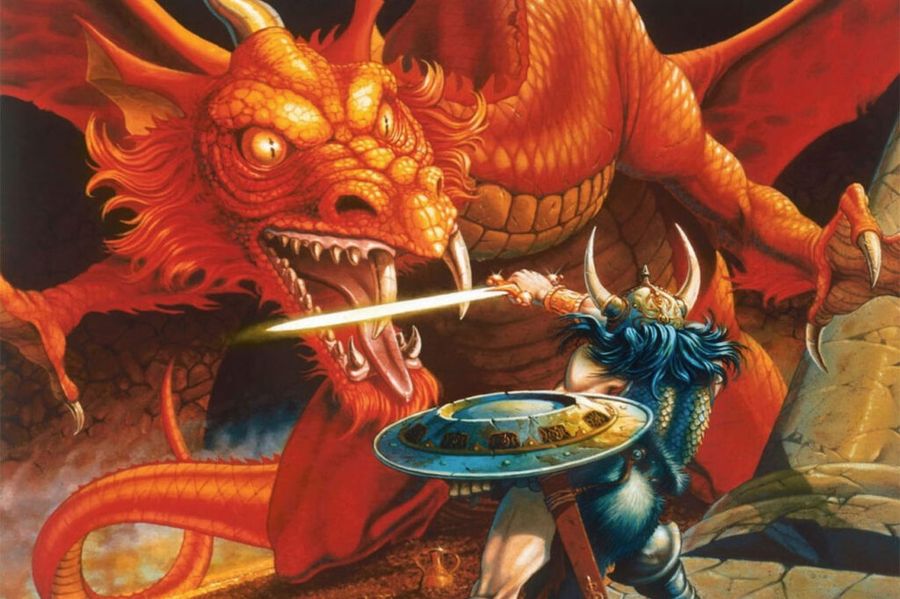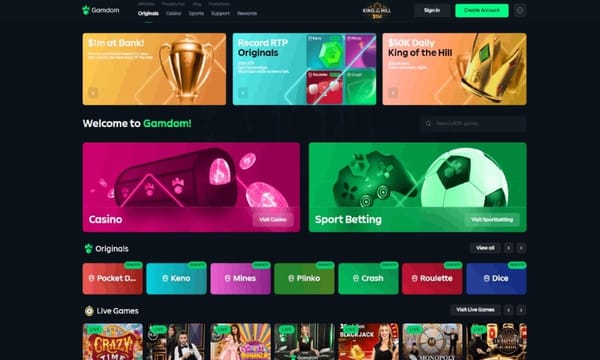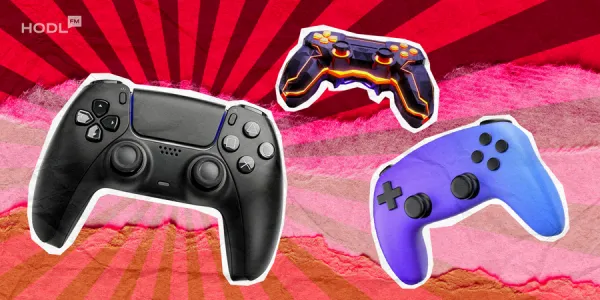Listen up, folks! I’m about to drop some knowledge on you. Have you ever wondered what would happen if gaming and blockchain had a baby? A curious, innovative, a tad unruly, but oh-so-exciting baby? Well, that’s GameFi, and it’s time we took a dive into this weird and wonderful world.
Part One: Mashing Up Gaming and Blockchain – A Match Made in Silicon Heaven
Picture this: on one side, you’ve got the adrenaline-fueled, action-packed world of gaming. This universe is all about headshots, speed runs, loot boxes, and legendary rage quits. On the other side, there’s the somewhat nerdy but undeniably revolutionary realm of blockchain technology. Now, what happens when these two unlikely bedfellows get together? Well, they create a brainchild called GameFi.
GameFi is essentially a mixture of gaming mechanics and blockchain principles, and it’s as mind-blowing as it sounds. This fascinating hybrid brings together the immersive gameplay and replayability of traditional video games with the transparency, security, and decentralized nature of blockchain technology. If you’re a gamer, it’s like stumbling upon an extra life in your favorite title; if you’re a tech enthusiast, it’s like discovering a new, cutting-edge application of blockchain. Either way, it’s a total win.
Part Two: NFTs and DeFi – Not Just Another Level-Up
But hold up! GameFi isn’t just a fancy word for mining some virtual currency in your favorite MMORPG. Oh no, it’s got far more under the hood, thanks to a couple of special guests: non-fungible tokens (NFTs) and decentralized finance (DeFi).
First up, NFTs. These little darlings are tokens that represent ownership of unique items or assets. Think of them as rare collectibles or one-of-a-kind art pieces, only they’re digital and exist on the blockchain. In the GameFi world, NFTs give you the power to own in-game assets – be it a fiery dragon, a magical sword, or a legendary spaceship – and each one is as unique as a snowflake.
Then there’s DeFi. DeFi is a financial system built on blockchain, designed to democratize finance by taking control away from centralized institutions and giving it back to the people. In the context of GameFi, DeFi introduces innovative ways for players to earn and trade assets, such as yield farming, staking, or earning dividends on virtual land or rare items. So basically, playing games isn’t just fun anymore; it can be downright profitable.

Part Three: Mastering GameFi – Strategies to Supercharge Your Project
If you’re sitting there thinking, “Cool, I want to make a GameFi project,” well, buckle up. There’s an entirely different game to play, and it’s got its own set of rules.
First and foremost, you’ll need to understand blockchain and know how to use it effectively in a gaming context. Then there’s the matter of incorporating NFTs and DeFi, creating an engaging gameplay experience, and finding ways to monetize your project. It’s not just about making a great game; it’s about building a thriving, self-sustaining in-game economy.

Part Four: Learning from the Best – Successful GameFi Projects
If you’re looking for inspiration, there are already several big players in the GameFi arena you can learn from: Axie Infinity, The Sandbox, and Alien Worlds, to name a few. These projects have found a way to integrate blockchain technology seamlessly into their gameplay mechanics, creating immersive and engaging in-game economies and communities.
They’ve also managed to leverage the disruptive technology of blockchain to their advantage. They’ve navigated the challenges and complexities of this technology and emerged successful. If you’re venturing into the GameFi universe, they’re the ones to watch.

Part Five: The Dragons in the Dungeon – Challenges and Risks of GameFi
As intriguing as the world of GameFi may be, it’s not all sunshine and rainbows. There are several dragons in the dungeon, and they’re pretty fierce. Here are the three most notorious ones: regulatory uncertainty, technical challenges, and user adoption.
Regulatory issues are a significant concern. Dealing with them is like playing a game on the hardest difficulty level, with the rules changing mid-game. The landscape of blockchain and crypto regulation is notoriously volatile, and it can pose serious challenges to GameFi projects.
Then there are the technical challenges. As with any other emerging technology, there are bound to be bugs and glitches in the system. This can turn your GameFi project into a frustrating experience for users, which is never a good thing.
And finally, there’s the issue of user adoption. While blockchain and cryptocurrencies have been around for a while, they’re still not mainstream. Convincing users to adopt these technologies can be a grind, akin to trying to level up in an MMORPG with only a wooden stick for a weapon.

Conclusion: Level Up Your GameFi Knowledge
So, there you have it: GameFi in all its eccentric, enigmatic, and exciting glory. It’s an entirely new landscape, a wild and unexplored frontier of gaming and technology that’s ripe with opportunities and challenges .Harnessing the potential of GameFi not only unlocks novel revenue streams but also fosters a wave of unparalleled innovation in the gaming industry.
Don’t just aim to level up; aim to blockchain up. Don’t just aim to beat the boss; aim to conquer the GameFi universe.



